
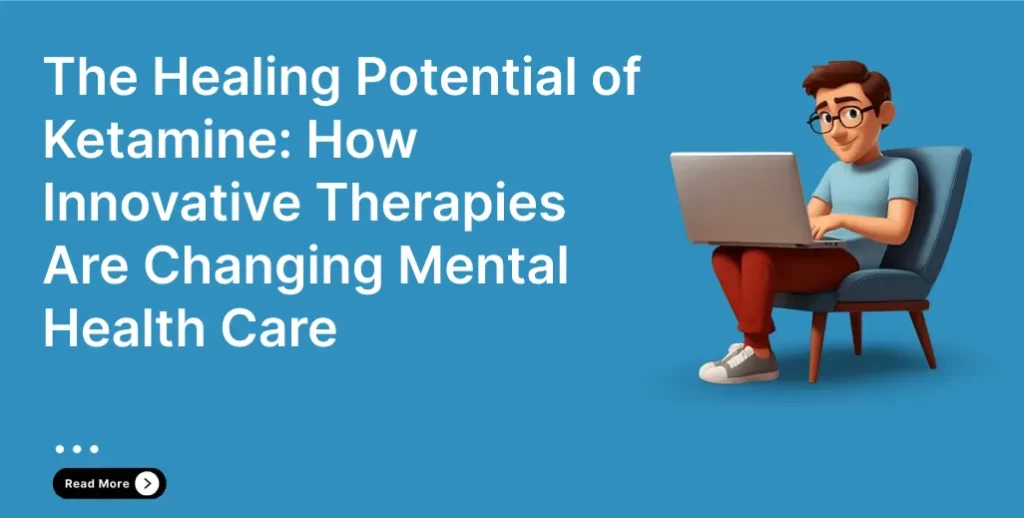
Mental health treatment is undergoing a revolution. For decades, antidepressants and talk therapy have been the main options for people battling depression, anxiety, and PTSD. But for many, these treatments take too long to work, or don’t work at all. In recent years, ketamine therapy has emerged as a groundbreaking alternative, offering fast, measurable relief for patients who haven’t found success with traditional care.
Originally developed as an anesthetic, ketamine has since been proven to stimulate powerful neurological changes linked to mood regulation and emotional resilience. As research expands, clinicians and patients alike are beginning to view ketamine not just as a treatment, but as a catalyst for healing at the biological level.
Unlike standard antidepressants, which target serotonin or dopamine pathways, ketamine focuses on the glutamate system, one of the brain’s primary communication networks. This distinction is crucial, as glutamate activity plays a key role in neuroplasticity, the brain’s ability to form new neural connections.
By stimulating NMDA receptors, ketamine helps “rewire” brain circuits that become inactive during chronic depression. Patients often describe the experience as a mental “reset,” noticing improvements in energy, focus, and emotional clarity within hours or days rather than weeks.
Those seeking to understand how neuroscience is transforming psychiatry can learn more about the growing body of evidence supporting brain-based treatment models for mood disorders by checking out Neuroplasticity MD.
Traditional antidepressants typically require four to six weeks to show noticeable improvement. For people in crisis, this delay can be devastating. Ketamine’s mechanism of action is fundamentally different, it increases glutamate transmission, which enhances synaptic growth and strengthens communication between mood-regulating regions of the brain.
This rapid process of neural repair gives patients faster access to emotional balance and hope. In many studies, individuals report a reduction in depressive symptoms after only one or two sessions. The treatment is especially promising for people with treatment-resistant depression or suicidal thoughts, offering immediate stabilization when other medications have failed.
Every ketamine treatment takes place under careful medical supervision. In most clinics, patients receive low doses of the medication intravenously (IV) or through intramuscular or nasal administration. Sessions are conducted in a calm, supportive setting where vital signs are monitored and comfort is prioritized.
A full course often includes several sessions over two to four weeks, with ongoing evaluations to track progress. Many providers also recommend “integration sessions”, discussions with therapists after treatment to help patients process emotions, thoughts, and experiences that arise during therapy.
If you want to explore innovative mental health solutions, learn more through reputable clinical providers offering safe, data-driven care.
Ketamine therapy has proven highly effective for patients diagnosed with major depressive disorder, anxiety disorders, bipolar depression, and PTSD. What makes it unique is its ability to deliver results when standard medications fail, particularly in cases labeled “treatment-resistant.”
Because ketamine enhances neuroplasticity, it allows the brain to reconnect and adapt in ways that traditional drugs cannot. Many patients experience a restored sense of motivation, joy, and perspective, describing the experience as unlocking a part of themselves that had been muted for years.
The success of ketamine therapy has opened new doors in mental health care, doors that lead to faster recovery, deeper emotional healing, and renewed hope. It has also paved the way for further exploration into brain-based treatments that harness the power of neuroplasticity.
By addressing the root biological mechanisms of mood disorders rather than just their symptoms, ketamine offers a glimpse into the future of personalized, science-driven psychiatry. For patients who have lost faith in traditional methods, it represents a new beginning, one grounded in neuroscience, compassion, and progress.
To explore more about how brain-based therapies are transforming modern psychiatry, visit https://neuroplasticitymd.com for expert insights, resources, and treatment guidance.

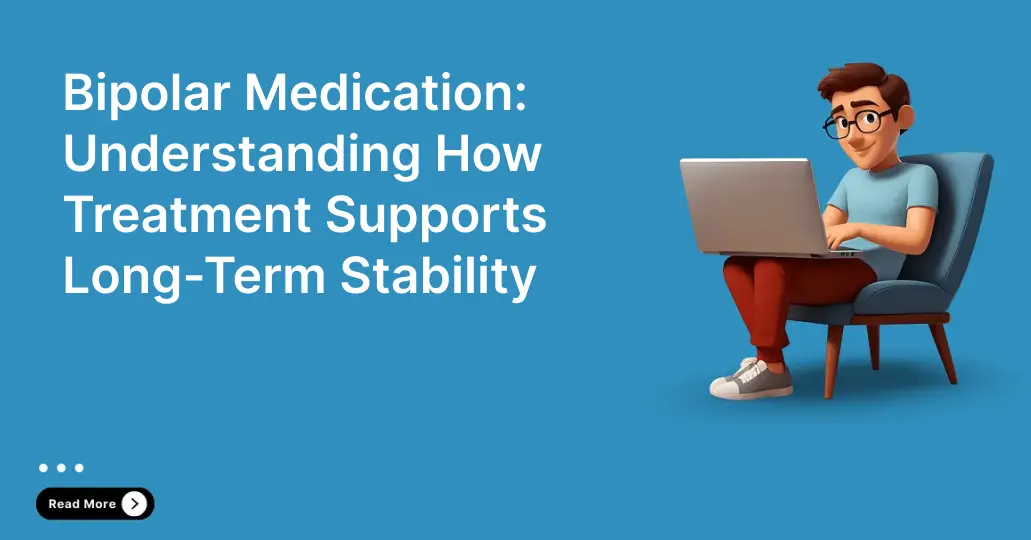
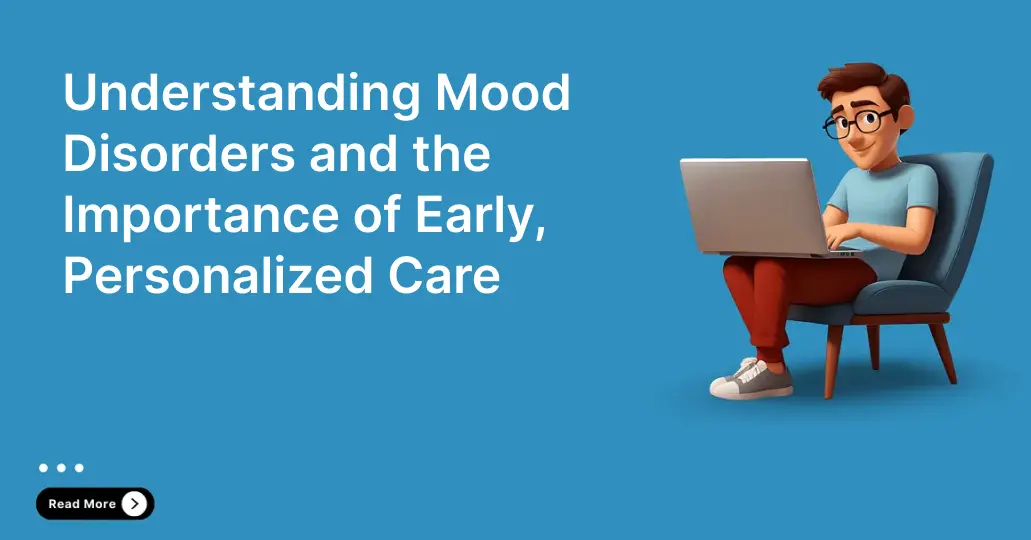
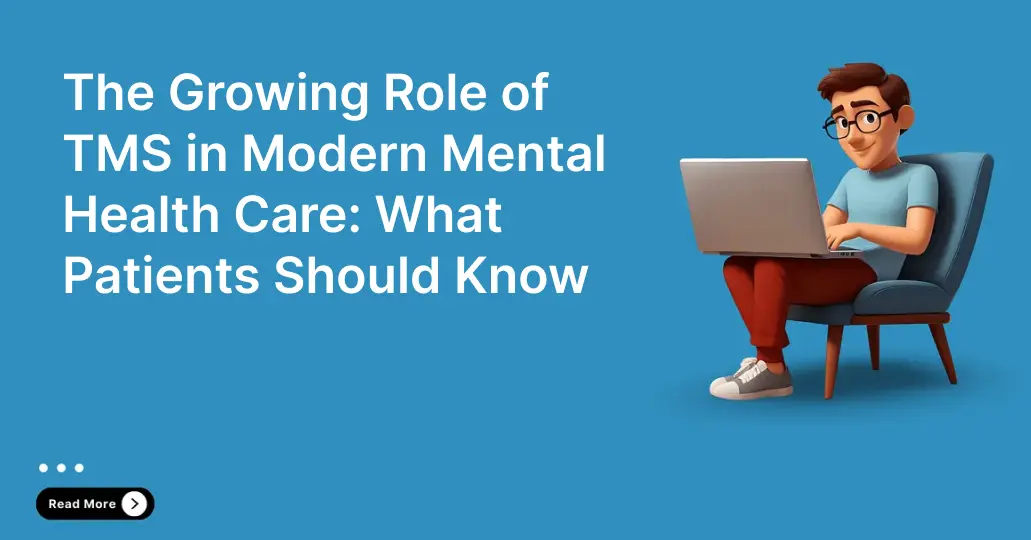

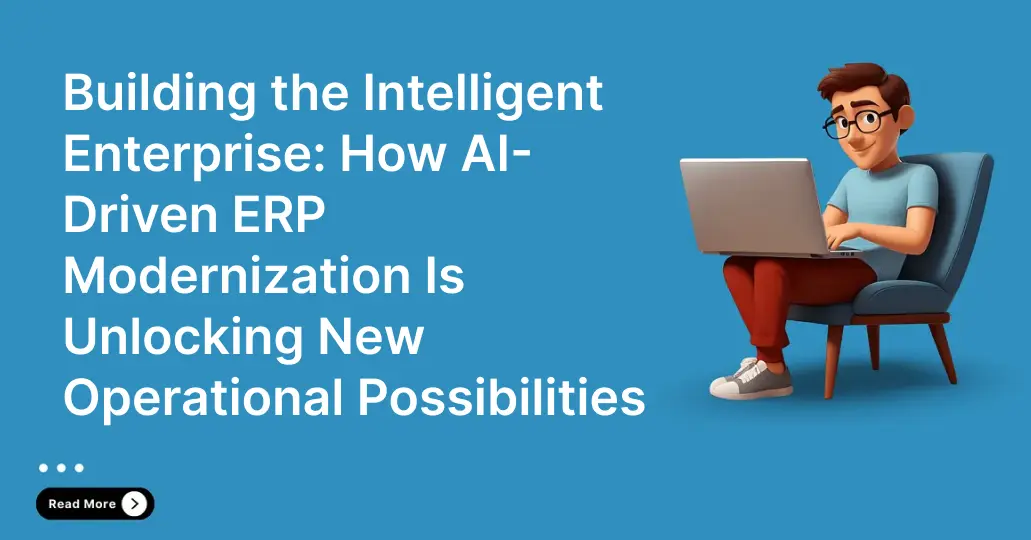

We use cookies to improve your experience on our site. By using our site, you consent to cookies.
Manage your cookie preferences below:
Essential cookies enable basic functions and are necessary for the proper function of the website.
Google reCAPTCHA helps protect websites from spam and abuse by verifying user interactions through challenges.
Google Tag Manager simplifies the management of marketing tags on your website without code changes.
Statistics cookies collect information anonymously. This information helps us understand how visitors use our website.
SourceBuster is used by WooCommerce for order attribution based on user source.
Marketing cookies are used to follow visitors to websites. The intention is to show ads that are relevant and engaging to the individual user.
Facebook Pixel is a web analytics service that tracks and reports website traffic.
Service URL: www.facebook.com (opens in a new window)
You can find more information in our Cookie Policy and Privacy Notice.